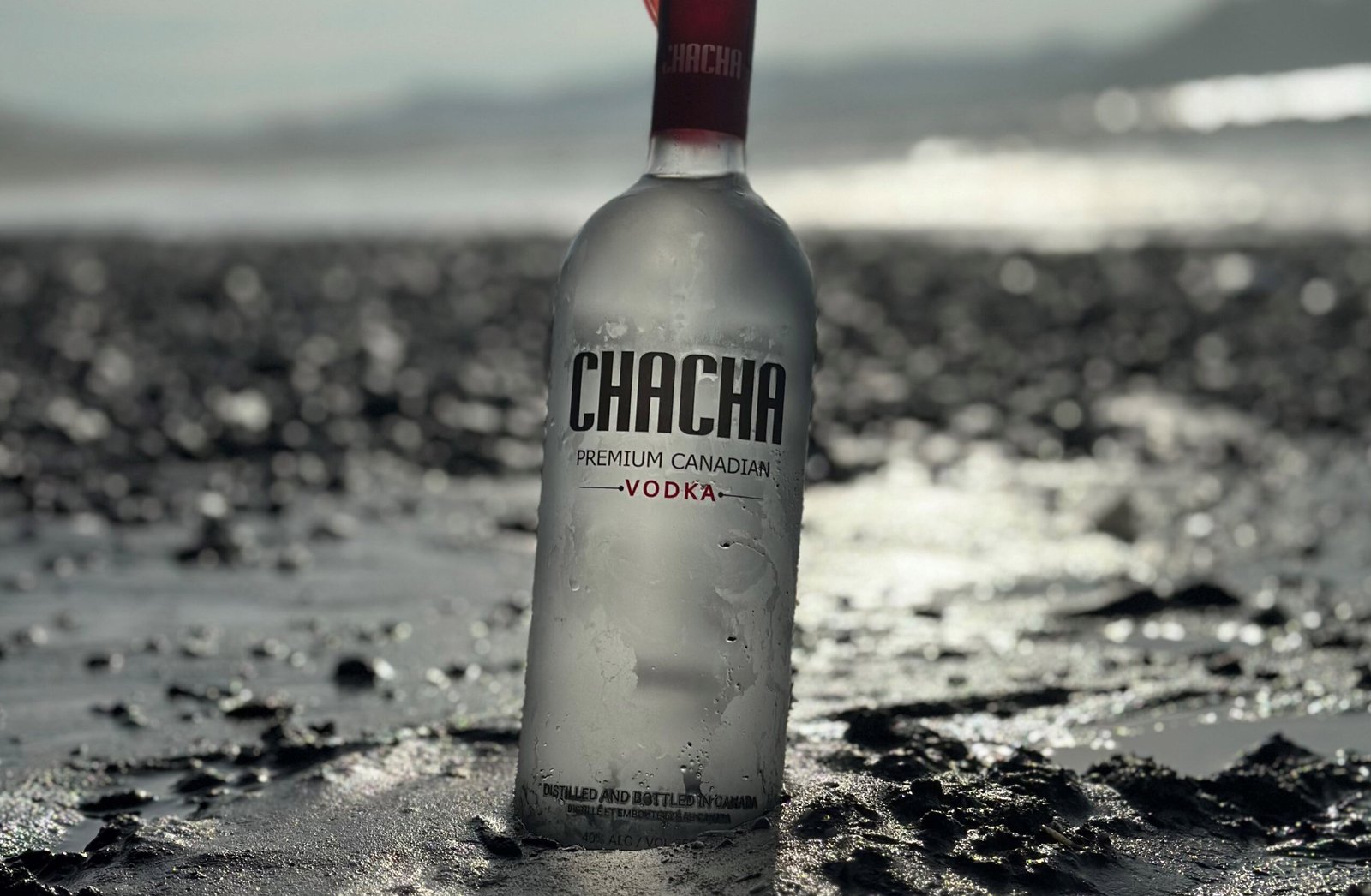Bringing vodka to an event or party in Canada is usually a great idea because it’s versatile and pairs well with various mixers, making it suitable for many occasions. Below you will find some of the best events and parties to bring vodka to that you can keep in mind for your next celebration!
Canadian Events and Parties to Include Vodka
1. House Parties
- Vodka is a staple at house parties since it appeals to a wide range of tastes. Guests can mix it with juices, sodas, or create cocktails like Moscow Mules, Screwdrivers, or Vodka Cranberries.
2. Birthday Celebrations
- Whether it’s a casual get-together or a big bash, vodka is perfect for shots or cocktails. You could even bring flavoured vodka for something fun and festive.
3. BBQs or Outdoor Cookouts
- Refreshing vodka cocktails such as vodka lemonade, spritzers, or Bloody Marys pair well with grilled food and warm weather.
4. Holiday Parties
- Vodka fits perfectly into holiday-themed cocktails like spiked eggnog for Christmas, cranberry martinis for Thanksgiving, or spooky black vodka drinks for Halloween.
5. Wedding Afterparties
- After formalities, many people enjoy letting loose with vodka cocktails or shots to keep the party lively.
6. Beach Days or Pool Parties
- Light and refreshing vodka-based drinks like vodka sodas, spritzers, or frozen slushies are ideal for hot, sunny days.
7. Game Nights
- Vodka’s versatility makes it a hit during game nights, especially when paired with fun drinking games or casual sipping.
8. New Year’s Eve Parties
- Vodka pairs perfectly with sparkling mixers like tonic or Prosecco for festive cocktails while celebrating the new year.
9. Tailgates or Sports Gatherings
- Vodka is an easy-to-transport option that works for simple mixed drinks while cheering for your team.
10. Themed Cocktail Parties
- Vodka is a flexible spirit that fits into nearly any theme, from tropical drinks (think piña coladas) to elegant martinis for a formal event.
Tips for Bringing Vodka to Canadian Events or Parties:
- Consider bringing mixers like soda water, cranberry juice, or lime wedges to make it easier for others to enjoy.
- If it’s a more formal gathering, consider gifting a premium vodka bottle for the host.
- For casual events, flavoured vodkas can be a fun and unique addition.
Would you like some specific cocktail recipes or suggestions for types of vodka?
Keep these ideas in mind when you go to your next event or party in Canada and want to bring your favourite vodka drink.
